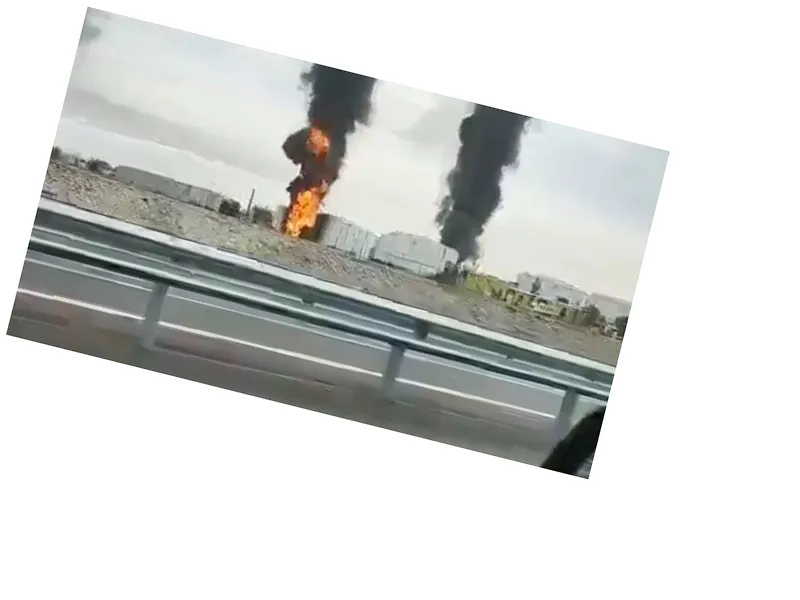Ukraine's Bold Strike on Russian Soil: A Potential Turning Point
In an escalating conflict marked by strategic offensives and counter-offensives, Ukrainian armed forces have potentially inflicted a significant blow to Vladimir Putin's missile units behind the Russian border. Recent reports, though not officially confirmed, suggest that an S-300 air defense system in the Belgorod region of Russia was set on fire. This strike, shared widely by Ukrainian military bloggers, demonstrates Ukraine's newfound reach and capacity to target critical Russian military infrastructure.
One of the key questions emerging from this incident is whether a US weapon was employed. The strike is believed to have utilized the ATACMS medium-range missiles, which the United States had recently sanctioned for use against Russian military targets. This development comes after persistent requests from Ukrainian President Volodymyr Zelenskyj and his Foreign Minister Dmytro Kuleba, advocating for the use of long-range Western-supplied weapons in their defense campaign. In line with these requests, several NATO countries, including the US and Germany, have permitted the use of their weapons for counterstrikes on Russian territory, specifically to defend key regions like Kharkiv.
Russia's Response and Ongoing Military Campaigns
In the face of these setbacks, Russian President Vladimir Putin highlighted a series of territorial gains his forces have made since the beginning of the year. During the International Economic Forum in Saint Petersburg, Putin announced the capture of 47 localities and approximately 880 km² of territory in Ukraine. These advances, primarily in the Donbass region and the Kharkiv area, underscore the ongoing intensity of the conflict, although a decisive breakthrough has yet to be achieved.
In parallel, Russia has ramped up its recruitment efforts to bolster its military presence on the Ukrainian front. Since January, over 160,000 individuals have enlisted in the Russian army, driven by aggressive recruitment campaigns, particularly through social media and street posters. Despite this influx of manpower, the Russian authorities have stated that there are no current plans for another wide-scale mobilization following the massive reservist call-up in September 2022.
The conflict continues to unfold with each side leveraging all available resources and strategies. The recent Ukrainian strike and Russia's steady advance highlight the ongoing uncertainty and high stakes that define the Ukraine war, affecting both military and civilian dynamics on a global scale.
- The utilization of ATACMS missiles signifies a substantial upgrade in Ukraine's military capabilities, potentially altering the strategic landscape of the conflict. These medium-range missiles can reach up to 300 kilometers and are renowned for their precision.
- The S-300 air defense system, reportedly targeted in the recent strike, consists of various critical components including missile launchers and control radars. Disabling such a system can severely hamper Russian air defense operations and offer Ukrainian forces a tactical advantage.
- The recent territorial gains claimed by Russia reflect a persistent effort to secure strategic regions like Donbass and Kharkiv. These areas not only have military significance but also bear geopolitical and economic importance, influencing the broader regional stability.
- The enhanced recruitment campaigns in Russia underscore a significant commitment to sustaining its military efforts. The promise of attractive enlistment conditions indicates an attempt to attract a diverse pool of recruits, despite the recent history of forced mobilizations and the social unrest it caused.






